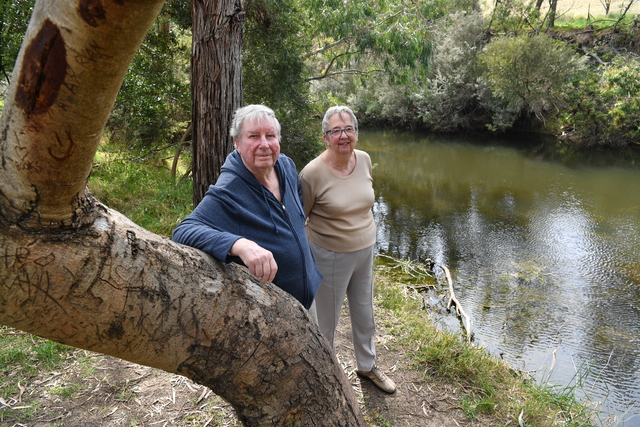Platypus DNA was discovered in creeks in Sunbury and Macedon Ranges as part of an ongoing Melbourne Water monitoring program.
Performed as part of a three-decade-long monitoring program, the water authority completed a comprehensive mapping effort using environmental DNA (eDNA) testing and capture and release methods.
Traces of platypus DNA – released into waterways through the animal’s mucus, urine, faeces, skin, and saliva – were detected in 1800 locations within Greater Melbourne between 2021–23.
According to Melbourne Water, these traces remain in water for days to weeks after the animal has been in the area, allowing for detection even when the animal is inactive.
In Hume and Macedon Ranges, DNA traces were detected in Jackson’s Creek in Sunbury and near the Organ Pipes National Park, and in Lower Deep Creek in Bulla and near Romsey and Springfield.
Emu Bottom Wetlands Reserve in Sunbury is sometimes known as Platypus Ponds, due to the presence of platypus in Jacksons Creek.
Sunbury community group Friends of Emu Bottom Wetlands Reserve secretary Christina Cheers said that members of the group have witnessed the illusive animal with their own eyes.
“We have been lucky enough to see a platypus down there. You have to be there just at the right time … they’re there alright!” Ms Cheers said.
“People are not aware enough that we’ve got the platypus in the creek, and if they become more aware, they’re going to take more care of the creek, I hope,” she said.
“We want people to enjoy it too, but it would be nice if they were more aware.”
Ms Cheers said that environmental threats to Jackson’s Creek platypuses include litter, contamination, remnant fishing line, and dogs entering the water.
“Genetically, [platypuses are] a real mixture because they’re at the intersection of mammals and reptiles. They’ve got some genes that belong to reptiles and some that belong to mammals,” she said.
Oscar Parry







